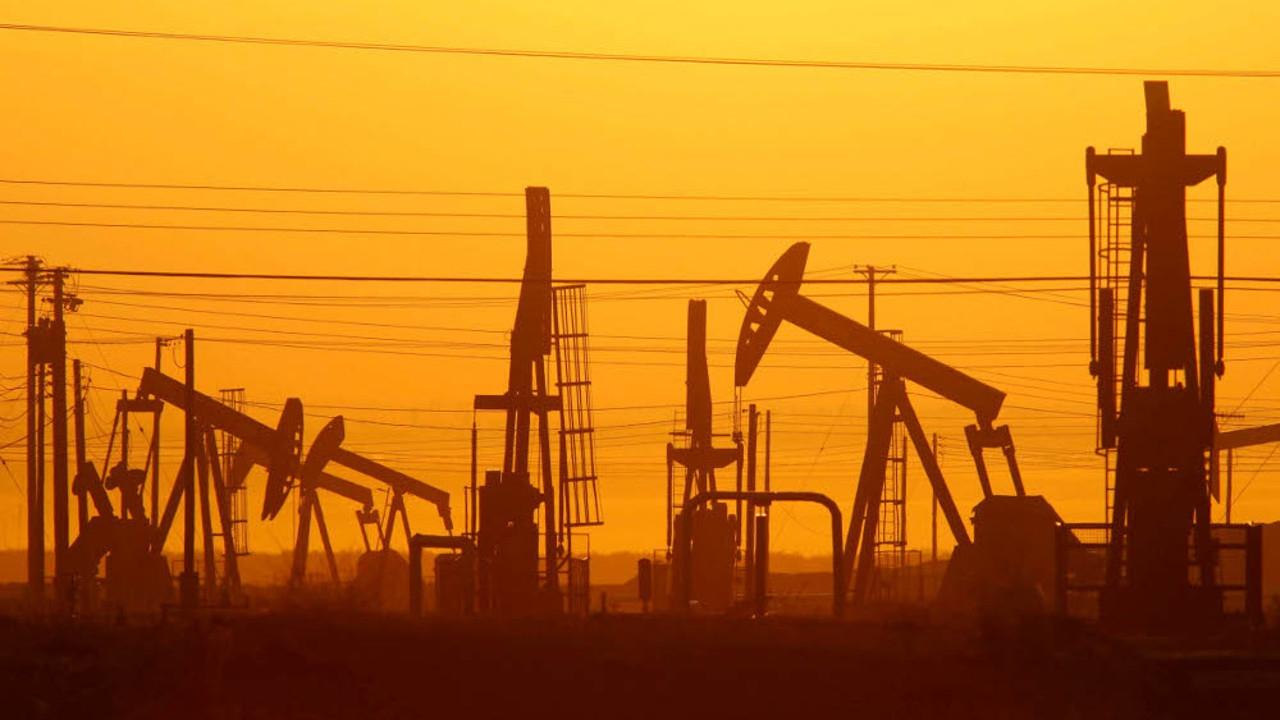What a difference a year makes for BHP Billiton
This time last year it would have been hard to envisage BHP Billiton in its current, upbeat position.

While Samarco remains in shutdown and the eventual cost of its dam’s failure are unresolved, the operational review BHP issued today was released in a very different context.
With the exception of copper, where the South Australian power outages have had a material impact on volumes, the group is on track to meet its guidance for production of its other commodities in an environment where the unexpected surge in commodity prices has transformed the outlook for resource sector cash flows and earnings.
While there might be a continuing question mark over the sustainability of some of the key commodity prices, given China’s financial fragility and its potential vulnerability to US protectionism, when BHP’s first-half results are released next month they ought to bear little resemblance to the mass of red ink it published last year.
The two key commodities for BHP are iron ore and petroleum. Its West Australian iron ore operations achieved record volumes in the December half and are on track to produce between 265 million tonnes and 275 million tonnes for the full year.
Petroleum volumes were, relative to the same period last year, 15 per cent lower. That reflects the decision to dramatically reduce US shale oil and gas production after the oil price fell below $US30 a barrel this time last year, with onshore US production down 31 per cent.
In the December half last year the iron ore price averaged $US43 a tonne. The oil price averaged $US42 a barrel. In the latest half, the average realised price for iron ore was $US55 a tonne and the average price for BHP’s oil and condensate $US45 a barrel. Iron ore has been trading around $US80 a tonne in recent months and the oil price, following the OPEC-led production cuts, has been around $US55 a barrel.
BHP, as with its peers, is highly leveraged to commodity prices. A $US1 a tonne movement in the iron ore price over a 12-month period equates to an impact of more than $US200 million on its earnings before interest, tax, depreciation and amortisation (EBITDA). A $US1 a barrel movement in the oil price moves EBITDA around by about $US80 million.
Thus, the general improvement in prices for its key commodities (the metallurgical coal price has more than doubled and copper prices were, on average, 14 per cent higher), an improvement that has continued into 2017 at even higher levels, has dramatically transformed the context within which BHP is operating.
With, after a successful trial, BHP now selling US onshore gas forward to take advantage of what has been a permanent contango in Henry Hub gas prices — while locking in its cost base for the period of the hedges — and US onshore activity generally starting to pick up in response to the higher oil prices, there is a tinge of optimism about BHP’s big but so-far low-returning US shale oil and gas plays.
BHP is also boosting its “counter-cyclical” oil exploration spending after its success in a tender for prospective new acreage in the Gulf of Mexico and encouraging results from existing drilling in the gulf and off Trinidad and Tobago.
While the power outages in SA have led to a 40,000 tonne reduction in full-year guidance for the copper division, there is also some longer-term upside for the core asset in that business, Escondida in Chile, assuming BHP can negotiate a satisfactory new agreement with its employees in the bargaining that’s currently occurring.
The commission of the desalination plant at Escondida, a new gas-fired power plant and the progressive ramping up of the Los Colorados extension project will complete a disruptive transformation of Escondida that will, late in the financial year, enable BHP to bring three concentrators into operation and generate volume growth to offset the long-term decline in the project’s grades.
The completion of the project will add 150,000 to 200,000 tonnes a year to Escondida’s output and end the drag on BHP’s earnings generated by the treatment of low-grade and high-cost stockpiled material that has had a significant impact on BHP’s recent cash flows and earnings. That should be a material boost to the 2017-18 financial performance.
Andrew Mackenzie, in presenting BHP’s full-year results last year, was confident that it reflected the worst of BHP’s recent experiences and that the 2016-17 performance would be significantly better.
With the obvious caveats of what might happen to commodity prices and the global economic and geopolitical environments, it appears near-certain that his confidence will be borne out by the results after a solid operational performance and far better price environment in the first half, and an even better starting position for the second half.
A year ago it would have been difficult, if not impossible, to foresee how quickly and substantially the distress within the sector and the destabilising impact of it on BHP and its finances might dissipate.





A year ago BHP Billiton was preparing for the release of one of the more difficult results in its history, confronted by the collapse in commodity prices and the initial costs of the Samarco disaster. It was preparing to announce big writedowns, a savage cut to dividends and the jettisoning of its treasured progressive dividend policy. What a difference a year makes.